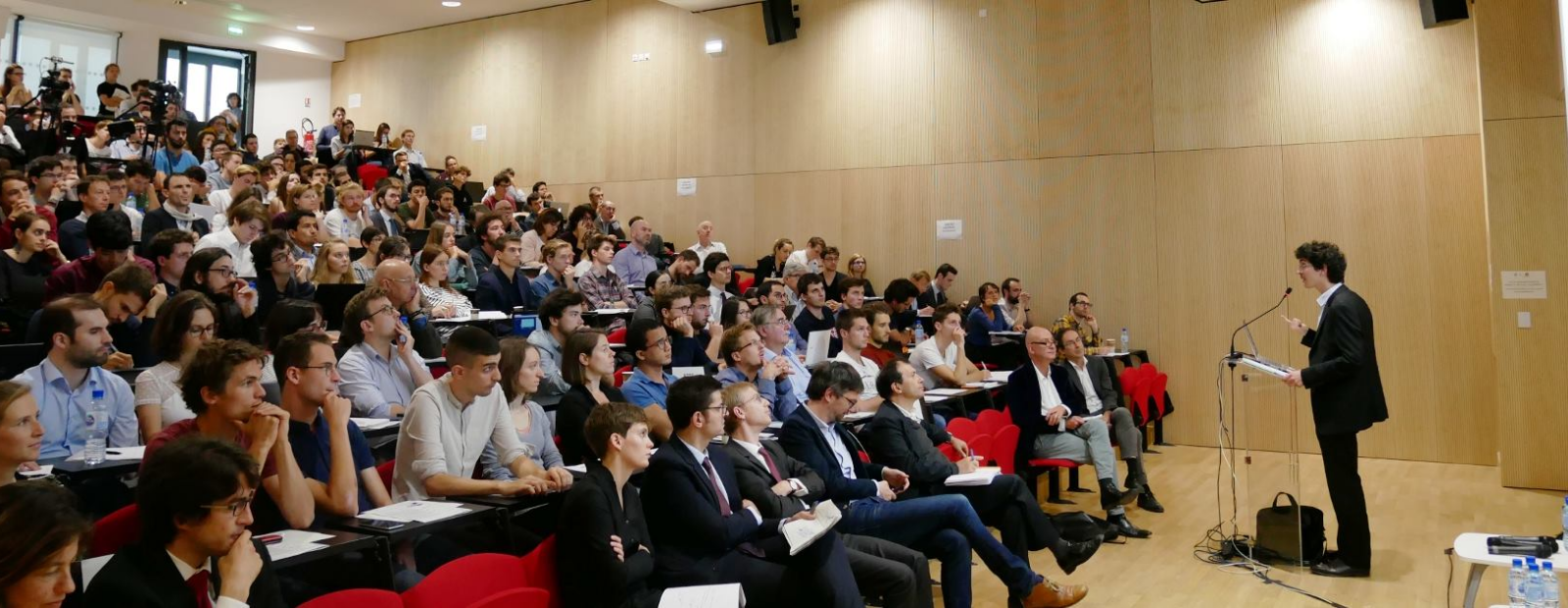Published in
- Senior Researcher
- CNRS
Research groups
Research themes
- Environmental Economics & Natural resources in developing countries
- Regional and Urban Economics
- Trade/Migration and development
Contact
Address :48 Boulevard Jourdan,
75014 Paris, France
Campus:
Campus Jourdan
Floor: 6
Office: 53
Publications HAL
-
Endogenous growth, spatial dynamics and convergence: A refinement Pre-print, Working paper
-
-
Natural versus artificial herd immunity: Is vaccine research investment always optimal? Journal articleJournal: Research in Economics
Published in
-
Transmissible diseases, vaccination, and inequality Journal articleJournal: Journal of Public Economic Theory
Published in
-

